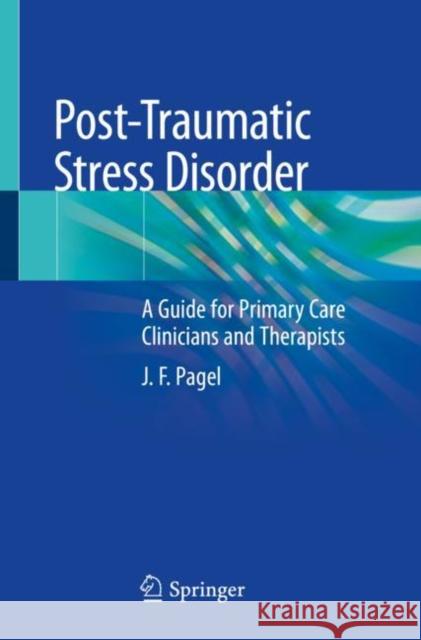Post-Traumatic Stress Disorder: A Guide for Primary Care Clinicians and Therapists » książka
topmenu
Post-Traumatic Stress Disorder: A Guide for Primary Care Clinicians and Therapists
ISBN-13: 9783030559083 / Angielski / Miękka / 2020 / 165 str.
Kategorie BISAC:
Wydawca:
Springer
Język:
Angielski
ISBN-13:
9783030559083
Rok wydania:
2020
Wydanie:
2021
Ilość stron:
165
Waga:
0.23 kg
Wymiary:
23.37 x 19.56 x 0.51
Oprawa:
Miękka
Wolumenów:
01











